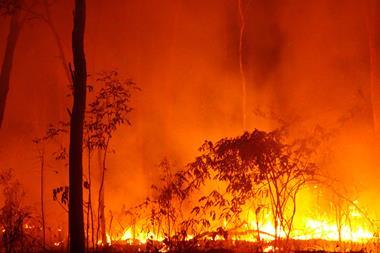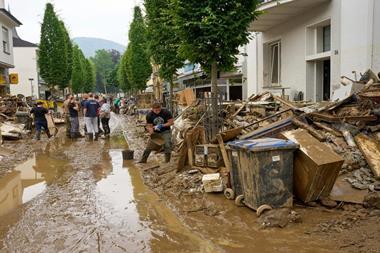The devastating late-season wildfire destroyed nearly 1,000 structures in Boulder County, Colorado - KCC
Months of unusually warm and dry weather along the Colorado Front Range primed the environment for the fast-spreading Marshall Fire, which began on 30 December 2021.
The high-resolution KCC US Wildfire Reference Model estimates the insured losses from the late season event to be around $1 billion. The fire was contained after the area received approximately 10 inches of snow on 31 December.
The previous record belonged the East Troublesome Fire of October 2020, which destroyed over 500 structures and cost nearly $500 million in insured losses, which is roughly half as destructive as the Marshall Fire.
Precipitation had been at record lows in the region since July, and Denver had just experienced its second warmest fall season on record, notes KCC. The unseasonably hot and dry weather led to desiccated vegetation throughout the state, which can easily ignite and spread fire.
While the exact cause of the Marshall Fire is still under investigation, an intense, downslope wind event that impacted the Colorado Front Range assisted with the fast rate of spread.
Lengthening fire season
In Colorado, the wildfire season does not typically extend into the winter, as snow cover and cold temperatures prevent fire spread. However, the Marshall Fire is part of a general trend of a lengthening fire season and drier fuels in the Western US due to warming global temperatures.
The Marshall fire burned approximately 6,000 acres and devastated entire subdivisions throughout Superior, Louisville, and unincorporated Boulder County, Colorado. The Boulder County Sheriff’s Office has reported nearly 1,000 structures destroyed and over 100 damaged, though damage assessments are still ongoing.




















No comments yet